Rethinking Streets
The pandemic has instigated a shift in thinking about public spaces in our cities. Out of necessity for health, safety, and economic recovery, cities around the nation have created ‘open streets’ – meaning streets that are open to people because they are closed to cars. Largely these streets have focused on creating space for pedestrians, bikes, and restaurant patios. And in many instances, they have had a transformational impact. Street closures have created new plaza environments for local communities, attracted new visitors to cities throughout the country, and revealed a greater potential for our public realm.
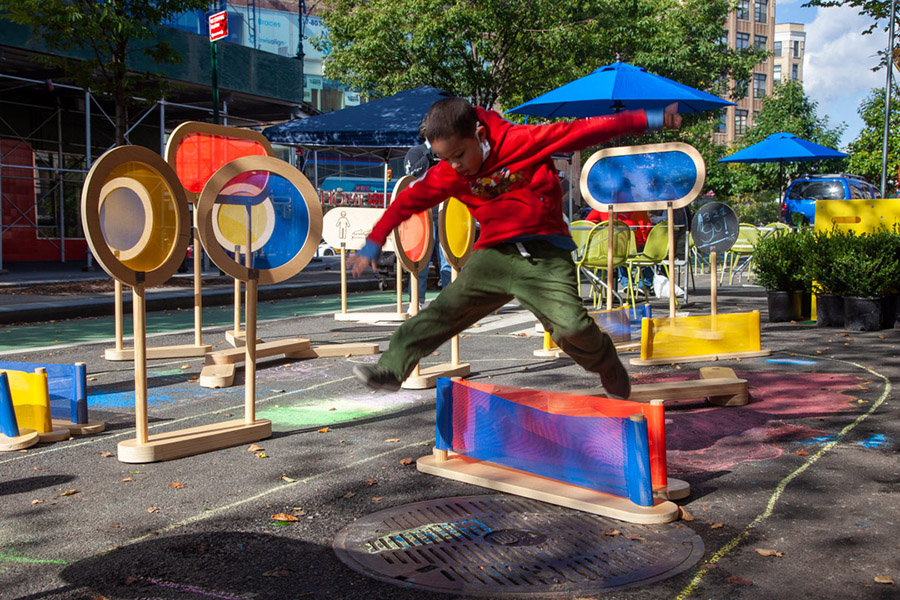
The pandemic has also demonstrated the importance of outdoor life, parks, and open spaces for socializing, recreation, and mental health. It has highlighted inequalities in the amount and quality of open spaces in our cities, concentrating the worst impacts of COVID on disadvantaged and minority communities. It has never been more important to have a nearby park or open space for recreation, socialization, and allowing nature to replenish our mental wellbeing. And too many communities in our cities are missing this basic infrastructure.
Now that we have seen the value they bring; can these streets stay closed permanently? Beyond the joy of the experience, these new places demonstrate an important lesson about streets that can address persistent inequities and transform the entire city.
Small Changes Can Have Big Impacts
Fortunately, as the street closures have shown, small changes have big impacts. To support businesses and local restaurants, the transformation of our streets into vibrant restaurant plazas has been accomplished with simple tools—furnishing, paint, planters, tables, and tents. In residential neighborhoods, these same tools can create pop-up playgrounds, sport courts or other activities that appeal to children, parents, and elderly. These methods were recently tested in New York City where Street Lab created the Play NYC program, which occupies closed streets to create safe play areas for children in high-need neighborhoods.
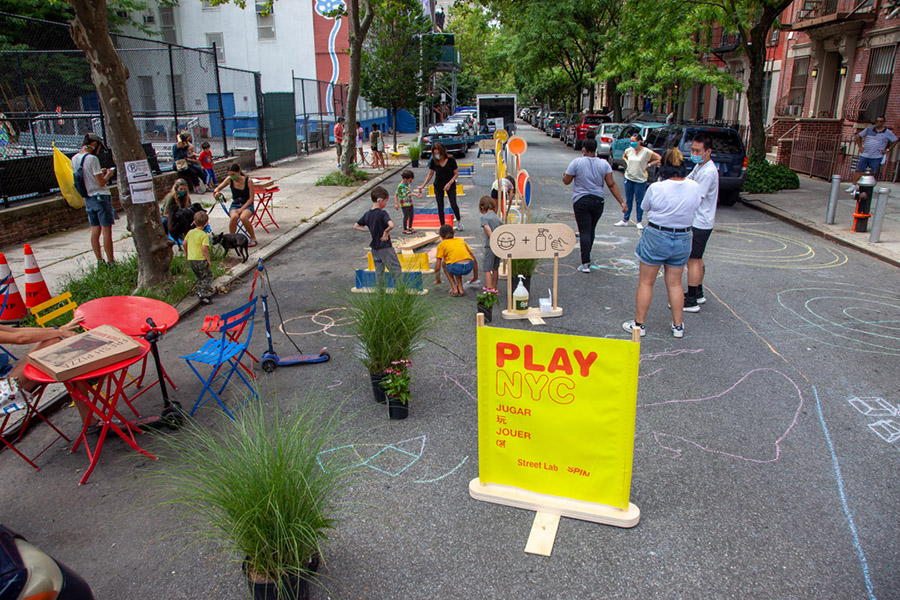
The program provides prefabricated kits that include play elements, street chalk, benches, signage, sanitizer, and masks to encourage all to maintain social distance and good health practices. This has tremendous potential in neighborhoods and cities everywhere, so let’s follow these examples and continue create vital community spaces in our most needy neighborhoods.
Imagine a low-cost prefabricated kit system that could be requested by neighborhoods or residents, and quickly provide essential outdoor recreation spaces. It can be scaled to suit the needs of the community and be coordinated with city officials to close segments of local streets to create a pocket park with outdoor play space for neighborhood children, and a gathering spot for adults. Combined with smaller parklets, these adapted spaces can create a network of small public spaces that collectively change the entire prospect of a neighborhood by promoting social interaction, public life, and healthy living.
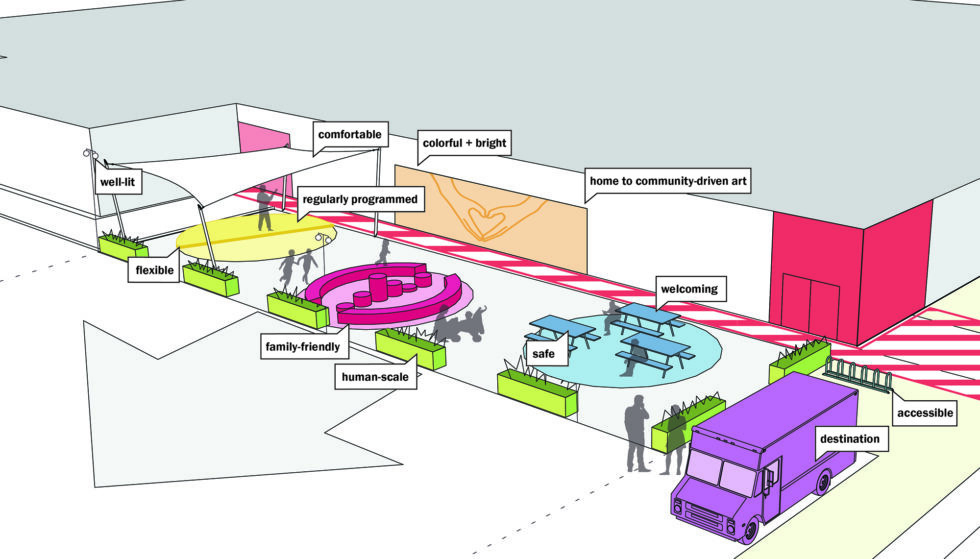
Extending Adaptive Strategies into the Future
The advantages of tactical approaches are adaptability and speed. We can quickly provide essential recreation spaces in the areas that need it most, based on the specific needs expressed by the residents. But the impacts of an adaptive neighborhood streets initiative can extend far into the future.
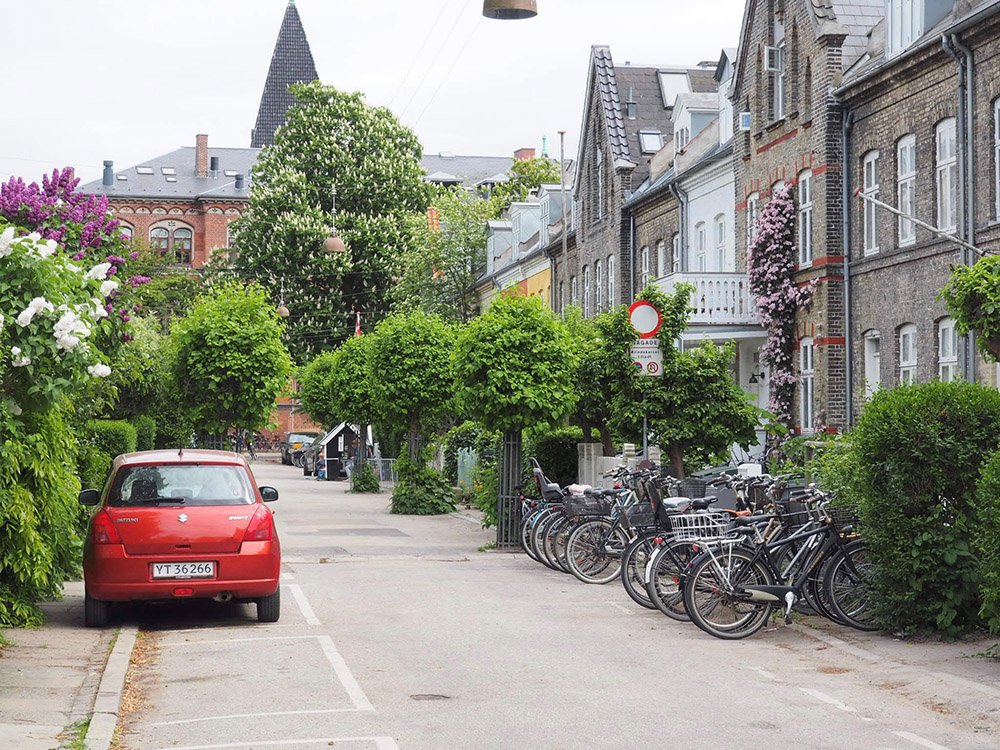
A popular example of this process is in the invention of the woonerf. Of course, the concept of a woonerfs is well known today, but their creation is a valuable lesson. Frustrated by the impacts of traffic on their street, rebellious residents in the Dutch city of Delft dug up portions of the roadway in the middle of the night, leaving the debris in the road for cars to slowly negotiate. Luckily, the municipal government had the foresight to ignore this grass-roots initiative, and eventually discovered its myriad benefits, leading to its adoption by the Dutch Parliament as a formal street type. Today 2 million Dutch residents live on woonerven, and the idea has been copied around the world as shared streets, home zone streets and more.
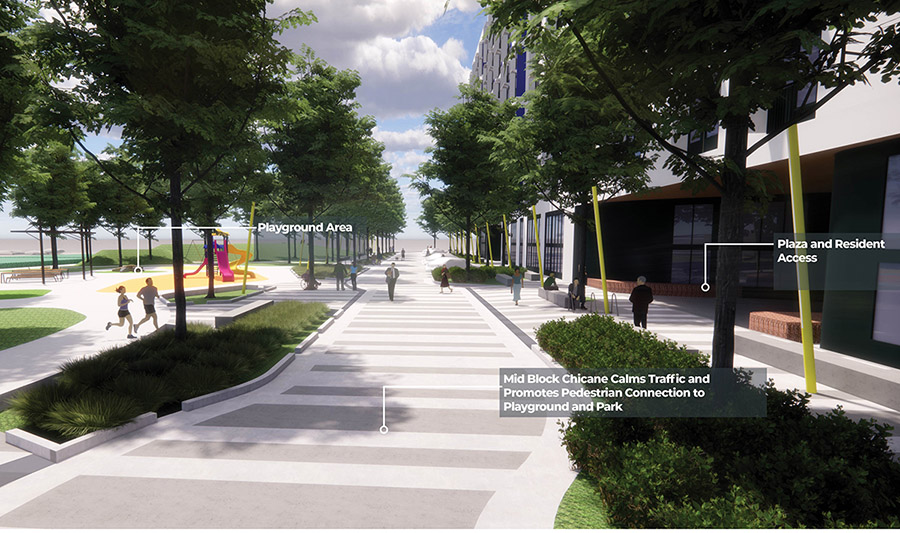
Streets are our most abundant urban space. In many cultures they are an extension of the home, a place where families and neighbors gather, and children play. In Delft, the residents created a new type of street, and changed their city. Woonerfs demonstrate the adaptability and potential of neighborhood streets to host a wide range of activities, without sacrificing mobility. The transformative potential of a neighborhood street closure comes when residents and city leadership imagine this possibility on their own street, and demand change.
A new approach to our neighborhood streets can provide urgently needed open spaces now, and create a more equitable, healthy city in the future.

